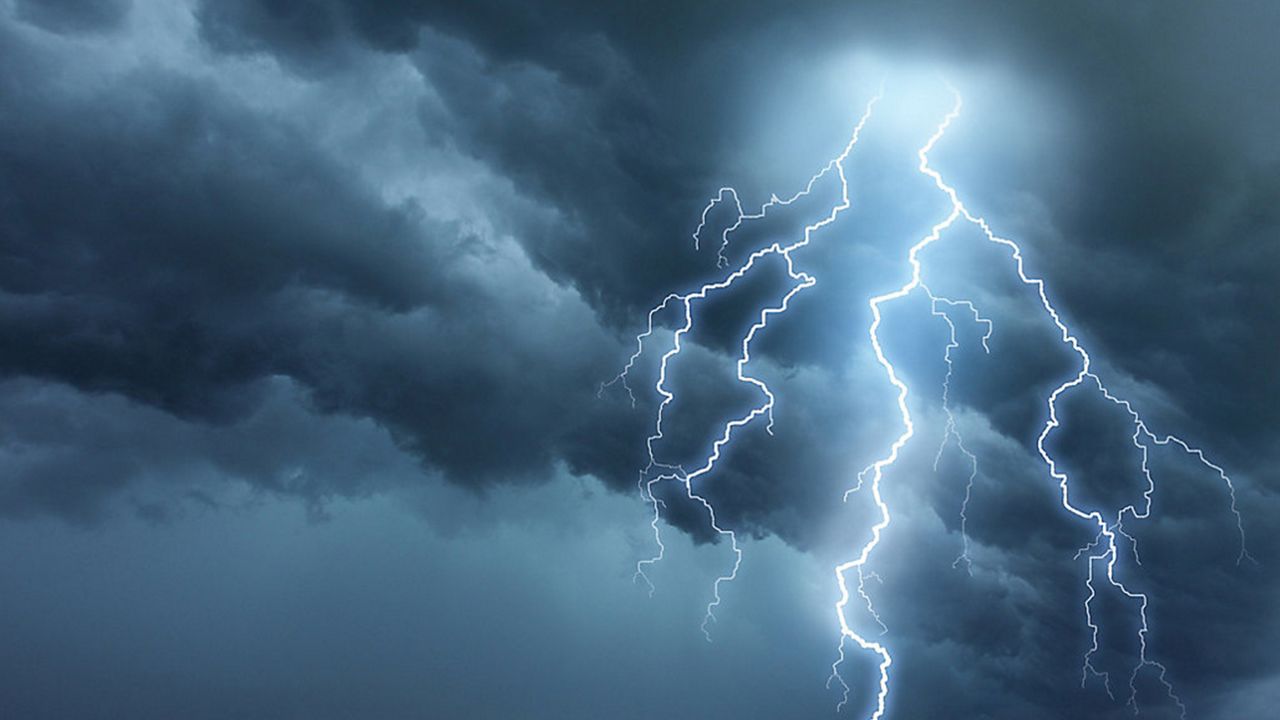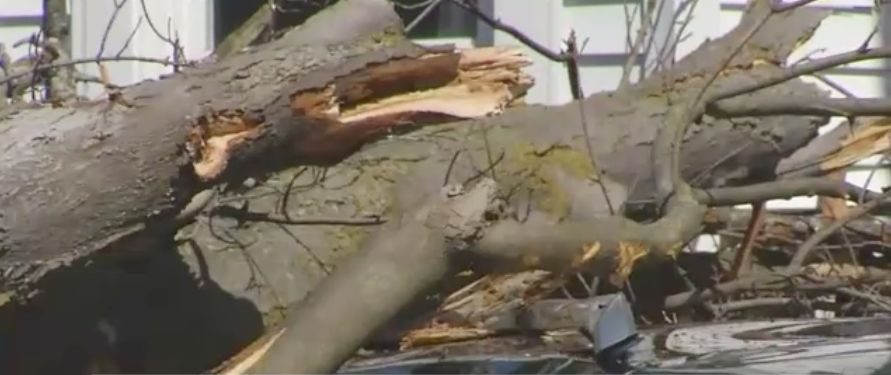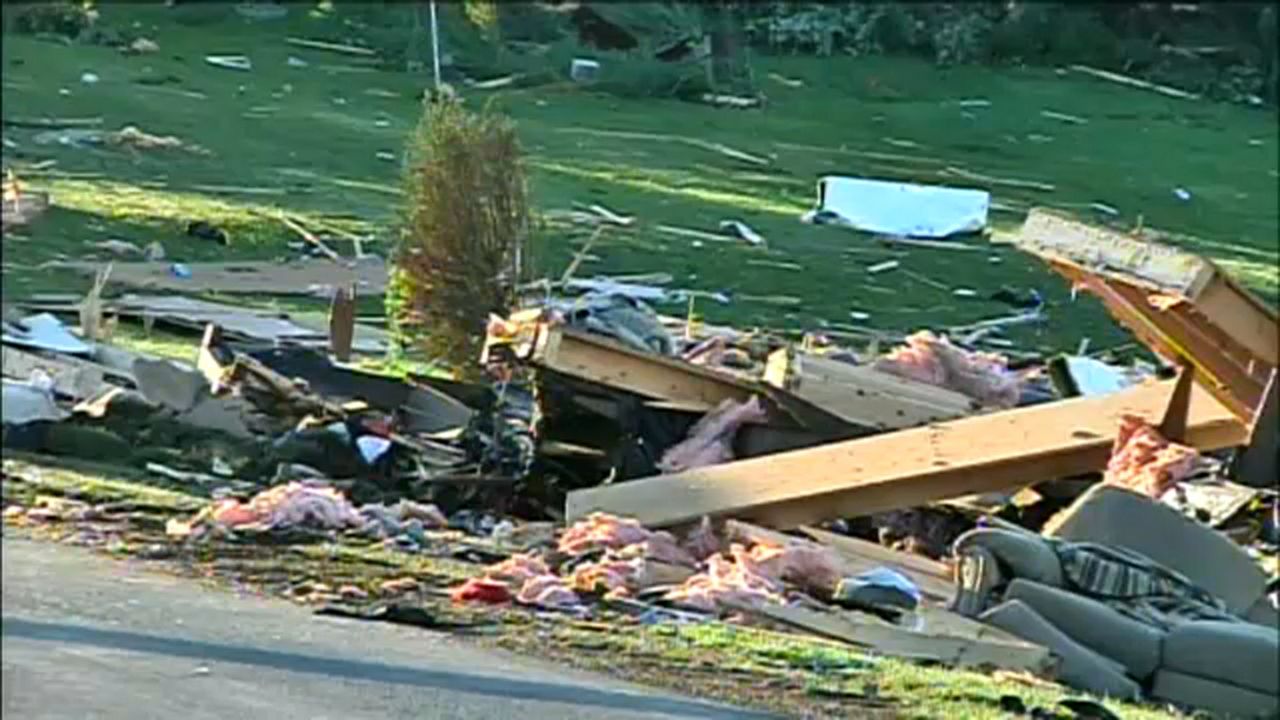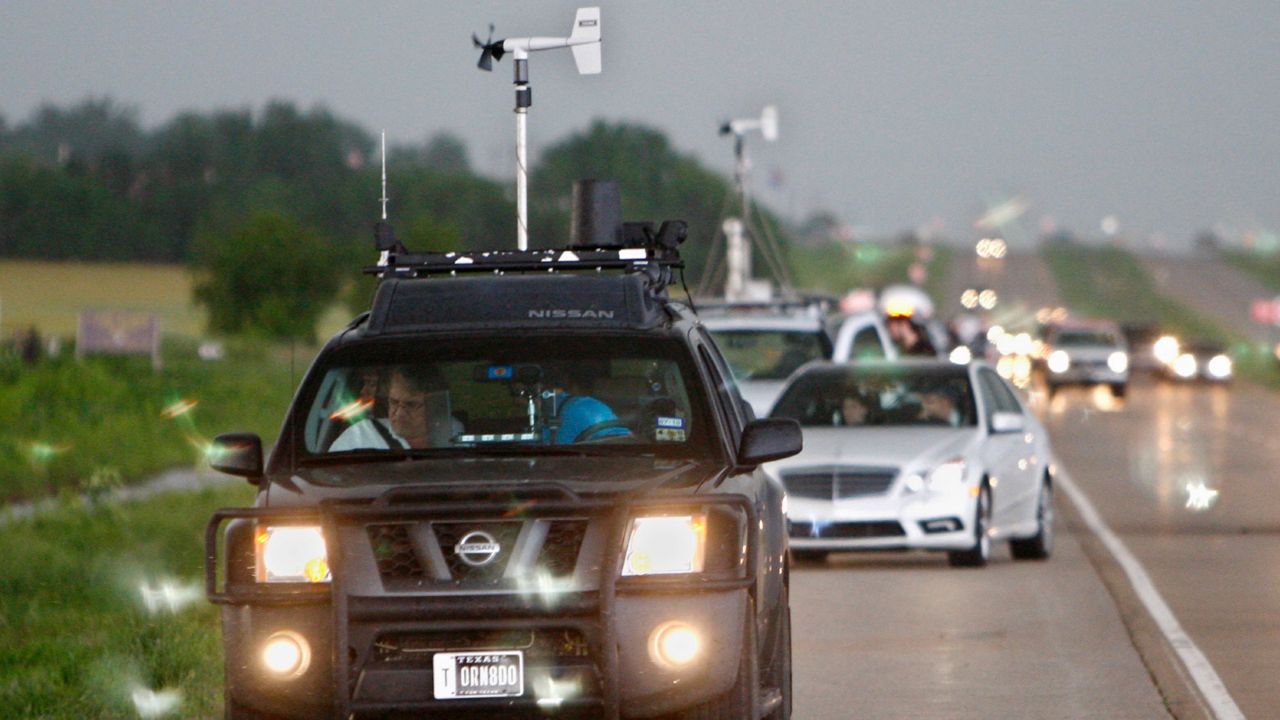In the age of social media, you might be tempted to try to capture a video or photo showcasing the power of Mother Nature. It's all in the name of "likes," "shares," "retweets" and going viral, right? But at what cost?
As we enter severe thunderstorm season, it's important to heed the advice of your local meteorologists and seek shelter when appropriate, rather than reaching for your phone and heading outdoors to capture the moment.

Maybe you've heard the saying "when thunder roars, get indoors," and it's for good reason!
You don't have to take my word for it though. Check out this lightning strike survivor's story.
Data collected from 2014 through 2019 indicated that lightning caused 762 injuries and 164 deaths in the United States. These numbers include five fatalities and 40 injuries in New York State.
The U.S. had 17 lightning fatalities last year, the lowest number in the past seven years.
Lightning photos can be mesmerizing but don't put yourself at risk. If you can hear thunder, lightning is close enough to strike you and you should go indoors immediately.

We cannot stress enough the importance of being inside and staying away from windows when wind and hail-bearing storms strike.
Strong winds can take down trees and power lines, which should be reason enough to seek shelter.
High wind ranks as the second-leading cause of weather-related injuries in New York State, behind winter weather.
Strong winds can throw around or knock over everyday objects, rendering them dangerous. Consider outdoor party tents or your patio umbrella.
Add large hail to the mix and then you really increase your chances for broken windows/windshield and shattered glass.
If you want to capture these events for social media, the aftermath lingers after the storm has passed. There's no doubt that if you wait, you'll still be able to safely take pictures of wind damage and hailstones before they melt.

When it comes to the dangers of thunderstorms, most people don't think about flooding as a primary threat.
From 2014 through 2019, flooding was responsible for the deaths of 709 people. That's more than three-and-a-half times the number of people killed by tornadoes during that same period.
For storm chasers, flooded roads can make for difficult navigation around a storm and potentially block a quick exit to safety.
Don't needlessly put yourself in a dangerous situation by hitting the roads for the perfect snapshot.
Those in imminent danger should seek higher ground, but in doing so, don't forget to "turn around, don't drown."

Aside from the obvious threats that tornadoes pose, there are hidden dangers as well.
Scenes from the movie "Twister" come to mind as a tornado approaches from the distance and everyone runs for shelter.
However, more often than not, those affected by tornadoes never see them coming.
One reason is that tornadoes can become wrapped in rain. A shield of rain blocks the view of the actual tornado and you can't see it until it's too late.
Tornadoes can also form on top of you with little warning, or in some cases, no warning. This unfortunate scenario played out in Smithfield in 2014, where four people lost their lives and became one of the deadliest tornadoes in New York State.
While it can be tempting to run to the windows or even outside to check the ominous skies, the best course of action is to find a safe place indoors.

How did I manage to get my picture with this EF-2 tornado?

I was part of the SUNY Oswego Storm Forecasting and Observation Program in 2009 when we teamed up with VORTEX2 (Verification of the Origins of Rotation in Tornadoes Experiment 2).
This was the largest tornado research project and consisted of more than 100 scientists and dozens of specialized chase vehicles, including 10 mobile radars.
That particular tornado is the most intensely examined tornado in history. We had more than enough eyes and data on this storm to safely mobilize for the perfect photo-op.
My advice for novice storm chases, weather enthusiasts and those seeking social media stardom–leave the storm chasing and photography to the professionals.



